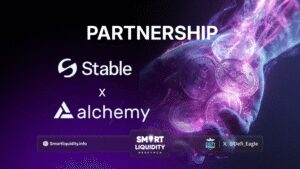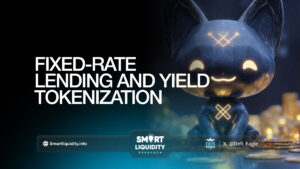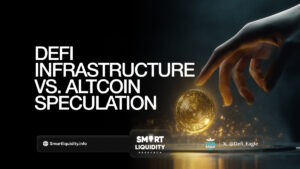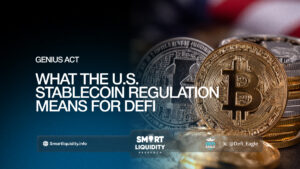What DeFi Innovations Are Driving Mass Adoption in 2025?


Decentralized Finance (DeFi) has grown from a niche blockchain concept into a thriving ecosystem changing how millions access finance. In 2025, the key question is: which DeFi innovations are driving this rapid growth and mass adoption? This article explores the breakthroughs attracting both retail users and institutions globally.
Layer 2 Scaling Solutions
One of the long-standing barriers for DeFi adoption has been high transaction fees and network congestion on Ethereum, the ecosystem’s flagship blockchain. In 2025, Layer 2 solutions like Optimistic Rollups, zk-Rollups, and modular blockchains have matured, dramatically reducing gas fees and increasing throughput.
These scaling innovations make DeFi platforms more accessible for users with small transaction sizes, thereby democratizing access. The frictionless, near-instant transactions mirror the user experience of traditional apps — a critical factor for onboarding mainstream audiences.
Cross-Chain Interoperability
The DeFi ecosystem was once fragmented, siloed across multiple blockchains with limited interaction. Today, innovations in cross-chain bridges and interoperability protocols allow assets and data to move fluidly between chains like Ethereum, Binance Smart Chain, Solana, and newer modular chains.
This interconnected web of blockchains expands DeFi’s reach, giving users access to the best protocols regardless of their native chain. Mass adoption is accelerated as users no longer face the complexity of choosing a single blockchain ecosystem, fostering a more seamless, inclusive financial experience.
Real-World Asset (RWA) Integration
Tokenization of real-world assets — such as real estate, commodities, and even invoices — has become a cornerstone innovation in 2025’s DeFi landscape. By bridging tangible assets with blockchain liquidity pools, DeFi platforms offer users safer, more stable investment options, diversifying beyond volatile cryptocurrencies.
RWAs also attract institutional capital, legitimizing DeFi markets and enhancing regulatory confidence. This fusion of traditional finance with decentralized protocols is critical to moving DeFi from speculative playground to trusted financial infrastructure.
User-Friendly Interfaces and Wallets
Mass adoption hinges on usability. In 2025, DeFi platforms have invested heavily in UI/UX innovations. Non-custodial wallets now feature one-click swaps, gasless transactions, and social recovery options, removing the intimidating technical barriers of private keys and seed phrases.
Additionally, new onboarding tools use fiat on-ramps with instant KYC, allowing mainstream users to buy DeFi tokens with debit cards or mobile payment apps. These frictionless entry points make DeFi accessible to a broader, less tech-savvy audience.
Composable and Modular DeFi
Modular blockchain architectures allow DeFi protocols to be composable, meaning different applications can easily integrate and build on top of each other. This “money lego” concept accelerates innovation cycles and creates a rich ecosystem of interoperable financial products.
In 2025, modular DeFi enables customizable products tailored to local markets and regulatory environments, facilitating localized mass adoption strategies that traditional finance rarely achieves.
Algorithmic Stablecoins with Enhanced Stability
Stablecoins are the backbone of DeFi liquidity, but previous generations suffered from volatility risks or centralization. Cutting-edge algorithmic stablecoins in 2025 use dynamic collateralization, AI-driven risk management, and cross-chain collateral baskets to maintain stability without sacrificing decentralization.
These innovations build user trust, encourage savings, and enable broader use cases like lending, payments, and insurance in DeFi ecosystems worldwide.
Decentralized Identity and Privacy Protocols
Privacy and security concerns remain critical adoption hurdles. Innovations in decentralized identity (DID) protocols and zero-knowledge proofs now allow users to verify credentials and transact privately without revealing sensitive information.
By empowering users with sovereign control over their data and reducing regulatory friction, these protocols pave the way for safer DeFi usage at scale, attracting users who previously avoided blockchain due to privacy fears.
Conclusion: The Road to Mainstream DeFi Adoption
In 2025, DeFi is no longer a futuristic concept but a rapidly maturing financial ecosystem propelled by technological breakthroughs. Layer 2 scalability, cross-chain interoperability, real-world asset integration, user-centric designs, modular architectures, advanced stablecoins, and privacy-enhancing protocols collectively create an environment ripe for mass adoption.
As these innovations continue to lower barriers, build trust, and enhance usability, the DeFi revolution is poised to deliver financial inclusion and empowerment to billions worldwide—transforming global finance from the ground up.




